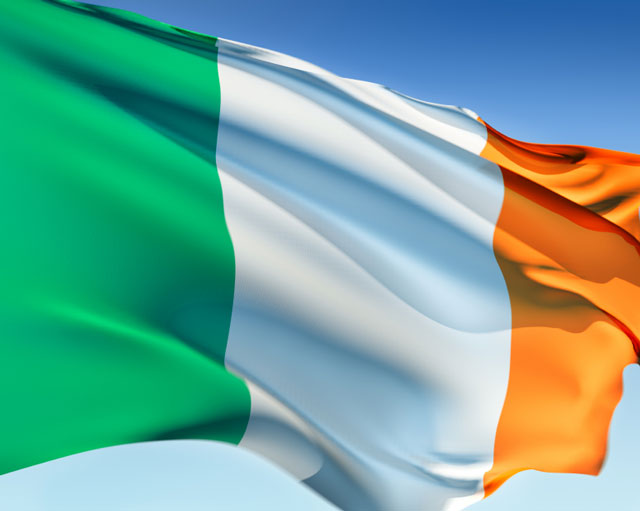Know Your Irish History
March 13, 2014
St. Patrick’s Day is quickly approaching. In recent years the holiday has lost some of its meaning. It’s become a day based around people drinking in the streets at parades while wearing green clothes covered in dumb slogans and shamrocks. The real reason we celebrate this holiday is to commemorate the life of St. Patrick, the patron saint of Ireland. St. Patrick is the man responsible for “kicking the snakes out of Ireland” or converting the Irish pagans to Catholicism.
Pittsburgh is a city with a large population of Irish-Americans (myself included). For many people, St. Patrick’s Day is a way for people to celebrate their culture. Despite the large number of people out there with Irish ancestry, very few people know that much about the country and its people.
For those who don’t know, Ireland is a small, rocky island in the Atlantic Ocean next to Great Britain. For most of its history, Ireland and its people were dominated by the English and were part of the British Empire. The English were not fond of the Irish for multiple reasons, including differences in religions and languages. On multiple occasions, the two countries engaged in battle. The Irish also suffered through famines and a lack of industrialization, receiving no help from their English rulers. For many years In Europe and North America, being Irish was looked down upon. In Europe, people were driven out of their homes simply for being from Ireland. In the United States, rich citizens would pay poor Irishmen to take their spots in the Civil War.
There are few people throughout history who have suffered more than the Irish (It’s true—I read that in an AP book). Despite years of oppression from multiple sources, the Irish people managed to stand together against great odds. In the 1910s, after hundreds of years of English rule, the Irish people gained their independence and finally had control of their own country. Unfortunately, in the 1920s, a civil war was fought between the Irish Republican Army and the loyalist Freestaters. The British maintained control of Northern Ireland—a portion of the Emerald Isle that they still control today. Since then, conflict has continued between the two sides. From the 1960s to the 1980s, lasting conflict between Ireland and Northern Ireland, called “The Troubles,” tore the country apart. To this day, Belfast, the capital of Northern Ireland, is known as the terrorism capital of Europe.
Regardless of the hardships we faced, the Irish are a proud people who have made the most out of the hand they were dealt. Many Americans can trace their lineage back to Ireland, and many people are very proud of their Irish heritage. So on this St. Patrick’s Day, and others that follow, remember where you came from. Remember that this is a holiday to celebrate your culture and remember your ancestors. Know your history, and be proud of it.





Norma Fiscus • Mar 18, 2014 at 9:05 am
Great article, so much information. Go Irish